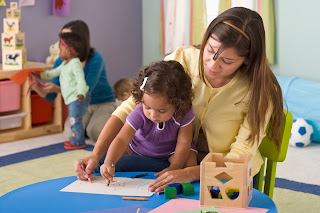Do you want your children to be bilingual? You will need to make extra effort to ensure they learn both languages. The blended learning school Alexandria, VA be a great way to do this.
Here are five tips for raising bilingual children:
Use
a variety of materials and resources
Blended learning school for children in Alexandria
can be an excellent option. With this type of learning, children can get the
best of both worlds. They can receive quality instruction from teachers in a
traditional classroom setting while also taking advantage of the latest
technology and resources.
Set
aside specific times for each language
When it comes to blended school learning for
children, setting aside specific times for each language is essential. This
will help ensure that children can learn both languages effectively.
This can be accomplished this by schedule days for
each language.
For example, you could have Monday and Wednesday
dedicated to studying English while Tuesday and Thursday are dedicated to
Spanish. This way, children can focus on one language at a time and not feel
overwhelmed.
Create
a language-rich environment
A blended school learning environment can provide
the best of both worlds for children in Alexandria, VA. By blending traditional
classroom instruction with online learning, students can get the personalized
attention they need to succeed.
Encourage
communication in both languages
At Blended Learning School Alexandria, VA, we believe communication
is key to success. That's why we encourage our students to communicate in
English and Spanish.
We know that learning a second language can be
challenging, but we also know that it's worth it. After all, being bilingual
opens up a world of opportunities. It allows our students to communicate with a
broader range of people and to better understand other cultures.
Be
consistent with your efforts
As you all know, consistency is the key. Along with
all the things, parents should be consistent with their efforts
By following these tips, you can help your children become
bilingual using the time and place approach.

Comments
Post a Comment